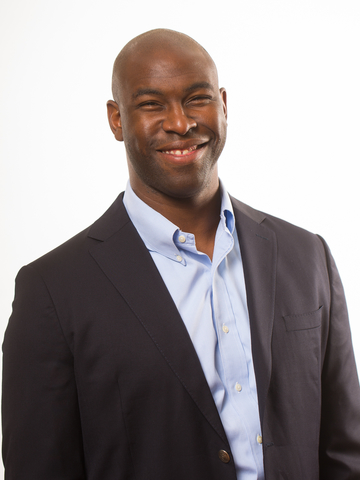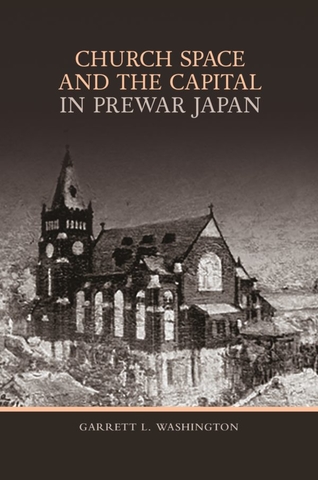Washington publishes groundbreaking new book on the impact of Protestant Christianity in pre-WWII Japan
“Church Space and the Capital in Prewar Japan,” a groundbreaking new book by Garrett Washington, associate professor of history at UMass Amherst, has been published by the University of Hawai'i Press.
“Church Space and the Capital in Prewar Japan” is a spatially explicit study on the influence of the Protestant church in imperial Japan.

“When I was first learning about modern Japanese history, I was surprised again and again by how many important figures in politics, education, law, journalism, etc. were reportedly linked in one way or another to Protestant Christianity,” said Washington. “I was surprised because Protestant Christians have never even amounted to 1 percent of the population of Japan. But I was also surprised because between 1614 and 1873, Christianity was extremely illegal, and the government used very real and visible punishment and the threat of the religion to build ideological conformity and obedience.”
From journalism and literature, to medicine, education and politics, the mark of Protestant Japanese is indelible. But how did Christianity overcome the ideological legacies of its past in Japan? How did Protestantism distinguish itself from the other options in the religious landscape like Buddhism and New Religions? And how did the religious movement’s social relevance and activism persist despite the new government’s measures to weaken the relationship between private religion and secular social life in Japan?
 “In Church Space and the Capital in Prewar Japan,” Washington examines these questions and the physical and social spaces that Tokyo’s largest Japanese-led Protestant congregations cultivated between 1879 and 1923 and their broader social ties.
“In Church Space and the Capital in Prewar Japan,” Washington examines these questions and the physical and social spaces that Tokyo’s largest Japanese-led Protestant congregations cultivated between 1879 and 1923 and their broader social ties.
“Central to my findings were new questions about urban space and architecture that opened new access and insight into the social spaces of Japanese Protestantism and its impact on modern Japan,” said Washington. “Those questions began and revolved around the unstudied space of the urban Japanese Protestant church.”
These churches developed alongside, and competed with, the locational, architectural, and social spaces of Buddhism, Shinto, and Japanese New Religions. Their success depended on their pastors’ decisions about location and relocation, those men’s conceptualizations of the new imperial capital and aspirations for Japan, and the Western-style buildings they commissioned. Japanese pastors and laypersons grappled with Christianity’s relationships to national identity, political ideology, women’s rights, Japanese imperialism, and modernity; church-based group activities aimed to raise social awareness and improve society.
“I undertook this research to find better explanations than those I encountered for the outsized visibility and influence of Protestant Christianity in prewar Japan — explanations that attributed all this to the fad of Westernization and the one-way traffic of cultural imperialism,” said Washington. “I discovered that the influence of the religious movement went well beyond what others had argued. Yet, and of equal importance, I also found Japanese men and women, rather than American missionaries, playing the central, proactive roles in the transformation of the religion and its meaning for Japanese lives.”
Added Washington, “I hope that those interested in not just the history of Japan or the histories of religion but also in transnational history, women's history, social history, and architectural history will find much of value in this book.”
Washington’s research examines the impact of imported Western forms of space, knowledge, and discourse on late 19th and early 20th century Japanese society. At UMass Amherst, he teaches courses on modern and traditional Japan, Japanese women’s history, Japanese imperialism, US-Japan relations, and the interplay of race, religion and nation in East Asia.
Church Space and the Capital in Prewar Japan is now available for purchase from the University of Hawai'i Press.